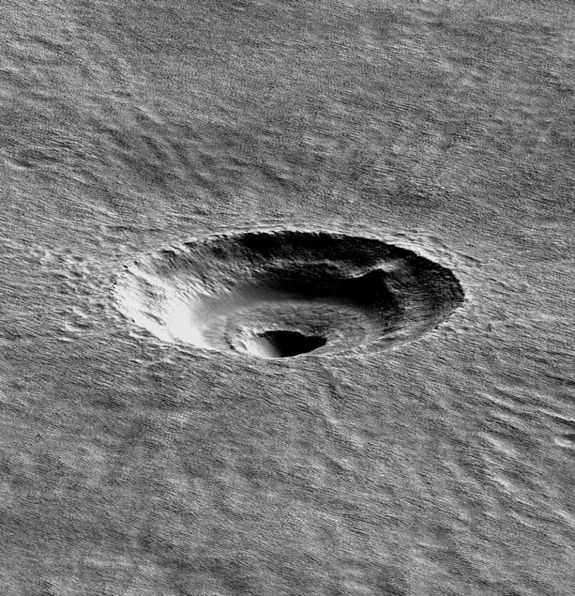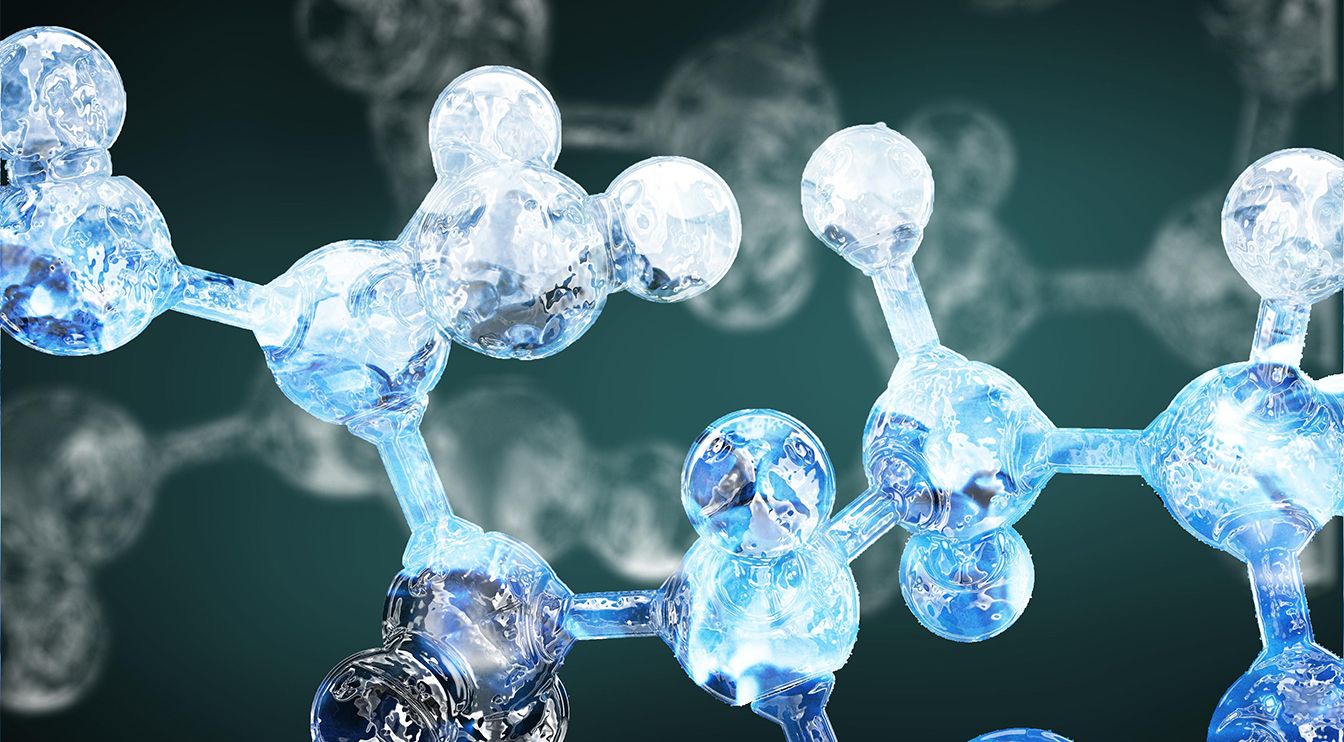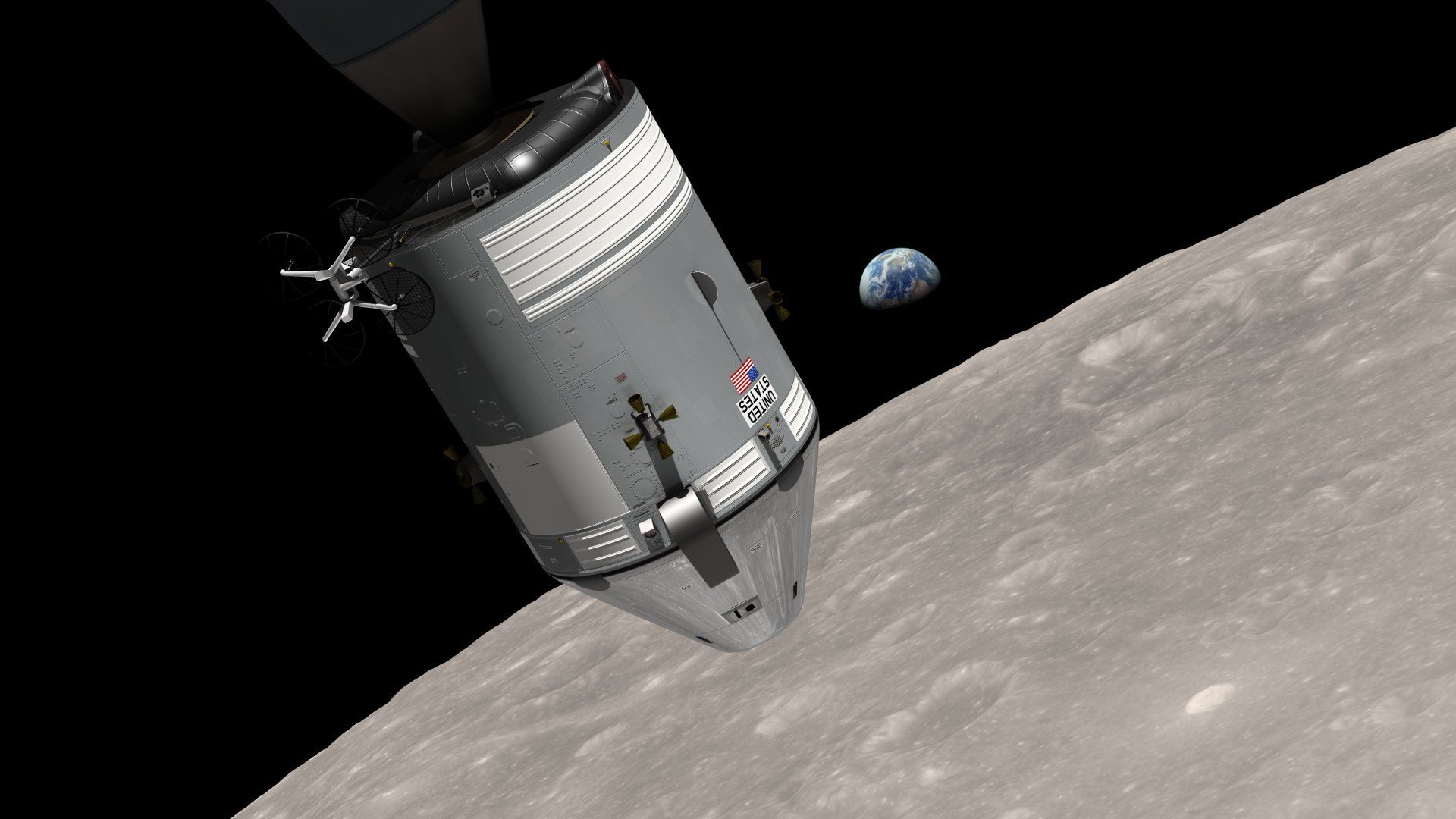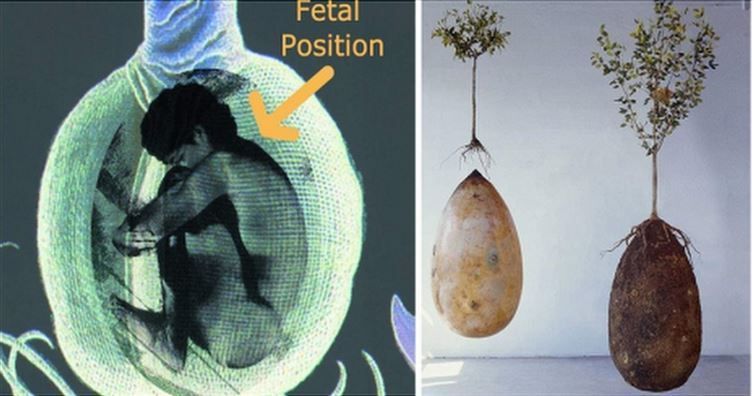Sep 11, 2015
Will Scientists Ever Solve the Mystery of Consciousness?
Posted by Sean Brazell in categories: evolution, neuroscience
We still have no idea how the brain produces conscious awareness. In this excellent short video produced by The Economist, various experts are called upon to explain the “hard problem” that is consciousness, and how scientists might solve this profound mystery.
For the video, The Economist gathered together an impressive collection of philosophers and scientists, including David Chalmers, Daniel Dennett, Christof Koch, Janet Metcalfe, and Marcus Raichle. Topics discussed include the evolution of consciousness, the binding problem, and theory of mind.
Continue reading “Will Scientists Ever Solve the Mystery of Consciousness?” »

















